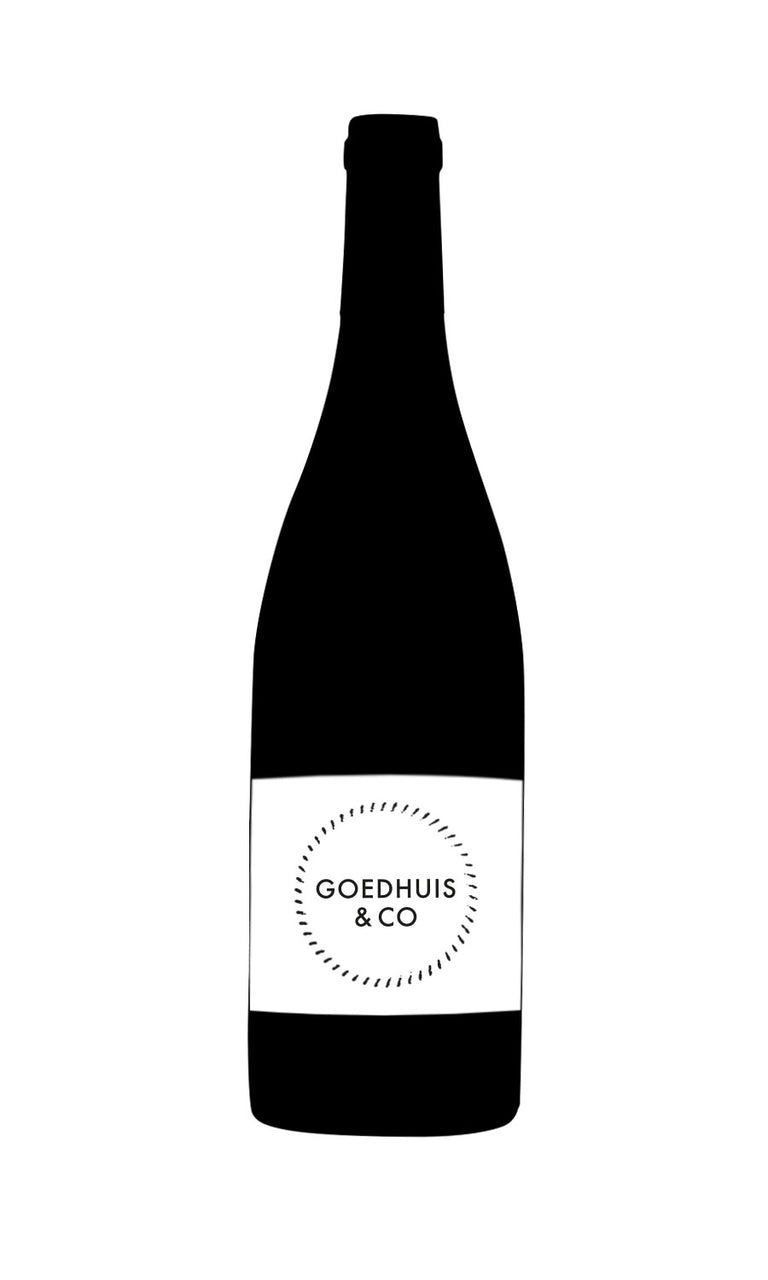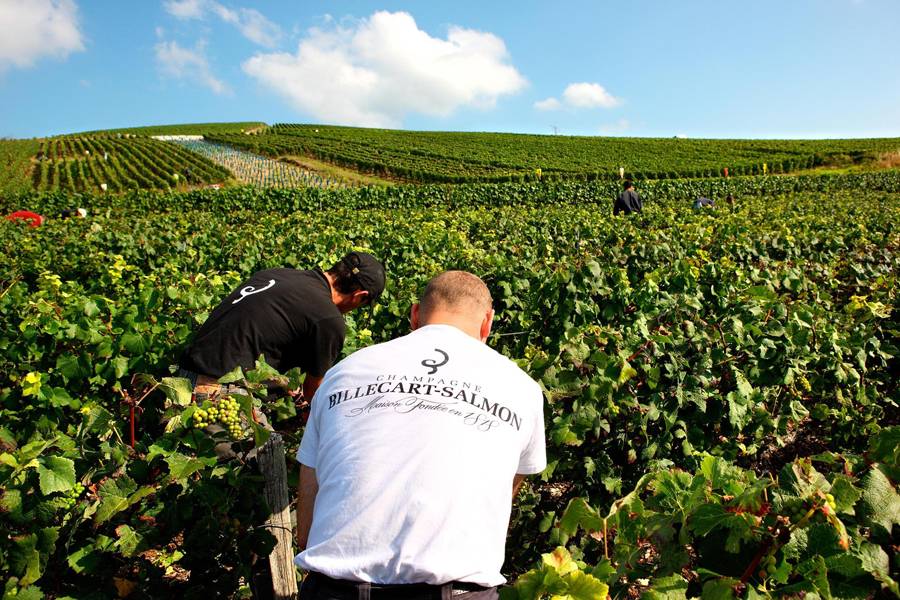
- Colour Champagne_Sparkling
- Producer Billecart-Salmon
- Region Champagne
- Drinking 2022 - 2045
- Case size 6x75cl
- Available Now
2008 - Billecart Salmon Cuvée Elisabeth Salmon Rosé - 6x75cl
- Colour Champagne Sparkling
- Producer Billecart-Salmon
- Region Champagne
- Drinking 2022 - 2045
- Case size 6x75cl
- Available Now
Select pricing type
Need help? Call +44 (0)20 7793 7900 or email wine@goedhuiswaddesdon.com.
-
Goedhuis, May 2021
The colour is beautiful, vibrant pale salmon pink, it is so striking in the glass. The nose is so fresh, showing rose, cranberry, pomegranate and some spice. It takes time to unfurl as it is so tightly wound. Cherry, bright red fruits, red currant jelly and mille-feuille all unfurl on the palate. The core of this champagne is still very tightly wound with lots of vibrant tension. It has a lovely texture and a wonderful vinous grip that leads into a mineral finish with a fresh and lifted zing. There is nothing too heavy or dense, yet it is so concentrated and bursting with energy. This rosé is the epitome of Billecart-Salmon’s greatness, they make rosé better than anyone else. The Cuvée Elisabeth has it all: power, elegance, finesse and grace. It is a sophisticated offering that will need cellar time to develop and grow.
-
Antonio Galloni, March 2021, Score: 97+
The 2008 Brut Rosé Cuvée Elisabeth Salmon explodes from the glass with a mesmerizing array of aromas, flavors and textures. Blood orange, cinnamon, mint and dried flowers. The 2008 is incredibly young, but it is also incredibly tempting. Patience will be rewarded. In the meantime, readers might enjoy adding a few bottles of the stellar 2007 to their cellars, as the nervy, taut 2008 needs time. The 2008 is 55% Pinot Noir (from Aÿ, Verzy, Verzenay and Mareuil) and 45% Chardonnay (from Chouilly, Avize and Cramant), with 9% still wine from Mareuil. It is the first vintage that includes a portion of wines (17%) done in barrel and the first vintage in which the magnums were aged on the cork rather than on crown seal. Drink: 2028 - 2043
-
Matthew Jukes, May 2021, Score: 19+
I enjoyed an energetic tasting with Mathieu Roland-Billecart and he explained that this 2008 vintage seems like it has stolen the finest parts of each of the 1996 (tension), 2002 (layers of flavour) and the 2007 (refinement) and rolled them all into one wine! In a way, this is a fabulous analogy, but there is more to this vintage than meets the eye. The freshness and acidity here are both spectacular. These notes underpin the refined flavour with jolts of electricity which gather to form bolts of lightning. This is a young wine and yet the tenderness of the fruit is perfectly counterpointed by the shocking youthfulness on the finish. I cannot believe that 13 years have passed in the blink of an eye and so this means that 2008 Elisabeth might well be one of the slowest to age and longest-lived wines under this label to date. Having said this, the fruit is already magnificent. Mathieu asked me if I was familiar with the great French dessert clafoutis! At once a cherry clafoutis aroma arose from the glass, with faint notes of ginger blossom, saffron and white pepper. This is a crystalline and yet kaleidoscopic wine with fractals of flavour which splinter and shiver on the palate. It is high-tensile at the same time as being fragile and demure. It is everything Elisabeth would have wanted in her namesake wine. Drink now – 2050.
-
Essi Avellan MW, May 2021, Score: 96-98
The colour is invitingly glossy salmon pink and the nose full of charms. Almost two years of post-disgorgement time have ensured such openness and generosity. There is lots of delicious primary fruit like red cherry, strawberry, baked peach, lemon and blood orange. Age-derived complexity comes across in the form of spices, liquorice, and even leather, once given proper time in the glass to fully express itself. Still the most gorgeous feature of this cuvée is the phenomenally creamy texture. Billecart have for the first time used some oak barrels in the crafting of this cuvée (17%), which surely has aided in creating this appetising fleshiness, silkiness and caressing creaminess on the palate. Crisp by nature for sure, it isn’t too acidity driven due to that richness filling the mid-palate. Tannins are beautifully low-key yet the wine has beautiful structure to it. The carry is long and seamless with pure, fruity, palate-cleansing finishing notions. An exquisite Cuvée Elisabeth Salmon. The added bonus is that there will be magnums for the very first time.
Producer
Billecart-Salmon
The Champagne House Billecart Salmon was founded in 1818 when Nicolas François Billecart and Elisabeth Salmon were married. The House has remained within the family and is now run by the seventh generation of descendants. They maintain the legend of this "spirit of Champagne." The passion of the grape cultivated as a philosophy around three principal values "finesse, balance and elegance."
Region
Champagne
Champagne, the world's greatest sparkling wine, needs little introduction - with imitations produced in virtually every country capable of growing grapes, including such unlikely candidates as India and China. The Champagne region, to the north of Paris, has the most northerly vineyards in France, with vines grown on slopes with a southerly exposure to maximise sunlight. The soil is chalky, providing an excellent balance of drainage and water retention. The key to the wine is in the cellar - the bubbles result from a second fermentation in the bottle and the rich toasty flavours in great Champagne come from extended bottle ageing on the yeasty lees. Until the eighteenth century, the wines produced in the Champagne area were light acidic white wines, with no hint of sparkle. However glass and closure technology developed at that time and it was not long before Dom Perignon, a Benedictine monk at the Abbey of Hautvilliers, started experimenting with blends and produced the first recognisable champagne. In a world accustomed to still wines, the advent of champagne was almost a flop. It was saved when it became fashionable at the French court as a result of Louis XV's mistress Madame de Pompadour commenting "Champagne is the only wine that lets a woman remain beautiful after she has drunk it." And the rest is history, with famous (or infamous) champagne lovers including Casanova, Dumas, Wagner, Winston Churchill, James Bond and Coco Chanel.



